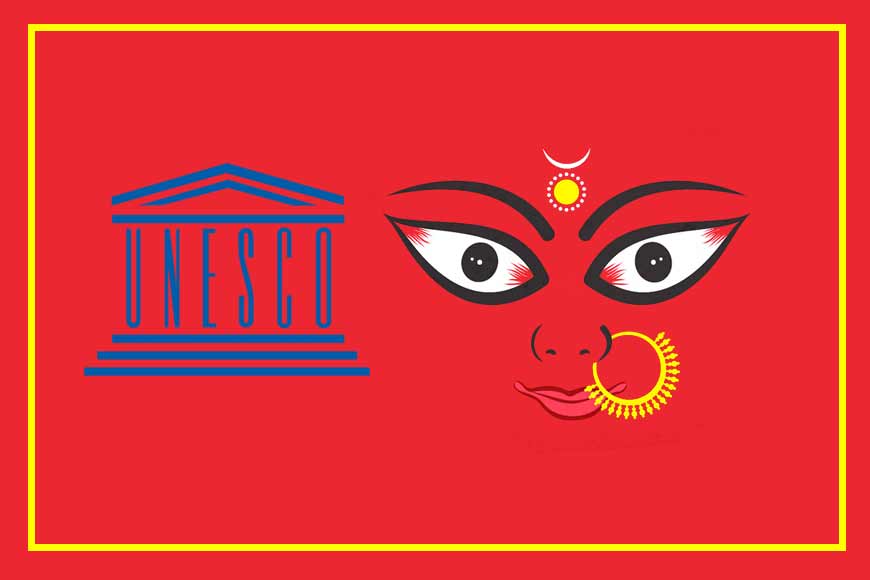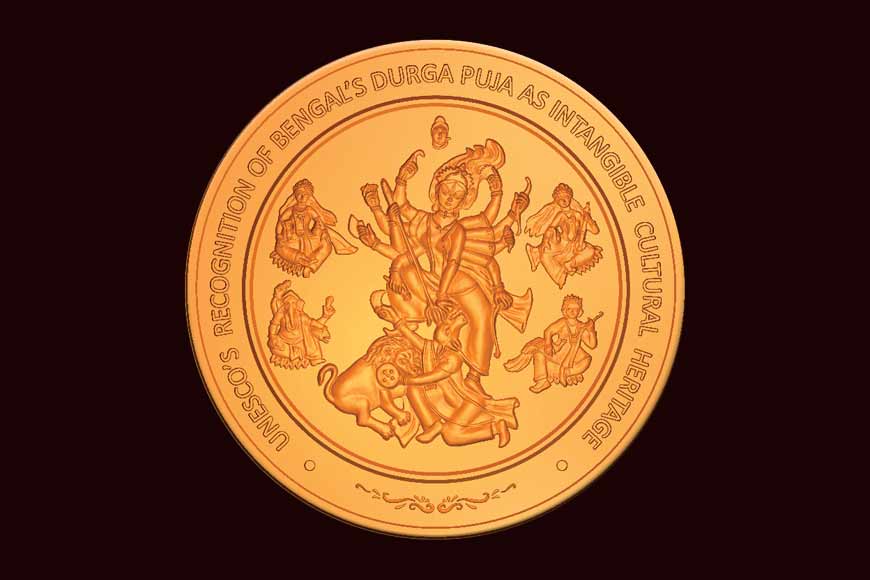UNESCO recognizes Bengal’s Durga Puja as the “Intangible Cultural Heritage of Humanity” - GetBengal story

Bengalis are known for their love for food, fascination with traditional drapes, inclination towards cultural activities and, most importantly, their colourful festivals. Recently, as a feather in the crown, Bengal’s very own Durga Puja has been recognized by United Nations Educational, Scientific and Cultural Organization (UNESCO) as the “Intangible Cultural Heritage of Humanity” in the sixteenth session (2021) of the Intergovernmental Committee for the Safeguarding of the Intangible Cultural Heritage, at the Convention for the Safeguarding of the Intangible Cultural Heritage. ‘Traditional Yoga’ and ‘Kumbh Mela’ achieved this title in 2016 and 2017 respectively. This time, Durga Puja was the sole Indian festival to make it to the list.

Durga Puja is predominantly a Hindu festival, though it has garnered love and acceptance from people, irrespective of their religion or beliefs. This puja marks the celebration of Maa Durga’s homecoming, along with her children. Nearly 36,946 community Durga Pujas are organized in Bengal, among which more than 2,500 pujas take place within the premises of Kolkata. The celebrations begin with ‘Mahalaya’ (the inaugural day of ‘Devi Paksha’) when the whole of Bengal rises up at 4 o’clock in the dawn to listen to the musical splendor named ‘Mahishasura Mardini’. It ends on Dashami (the tenth day after ‘Mahalaya’) as the idols are immersed in rivers.
Durga Puja takes place sometime between September and October, as per the perfect time according to the religious scriptures. During the months before it, able artisans sculpt up the idols of Maa Durga and her family using bamboo, dry hay, and unfired alluvial clay extracted from the rivers. It is not just a religious festival, but a celebration that lets efficient artists and designers collaborate to create masterpieces mingling religion and art. Large-scale installations and pavilions are set up in the selected locations, where people gather in crowds on the days of Puja. Music, food and performing arts add up to the dynamics of the festivities.










